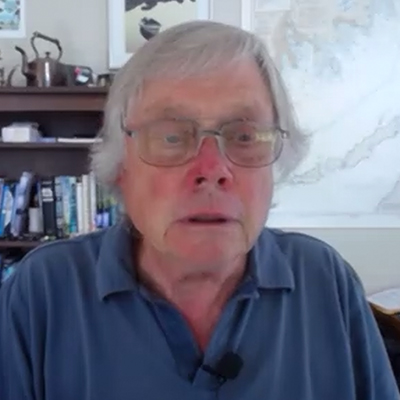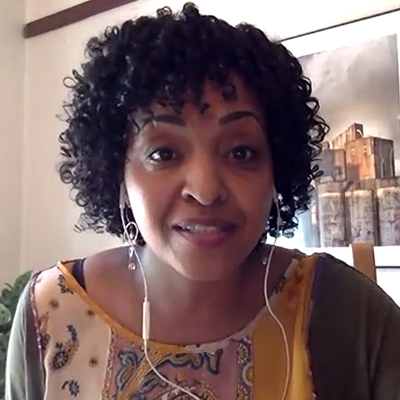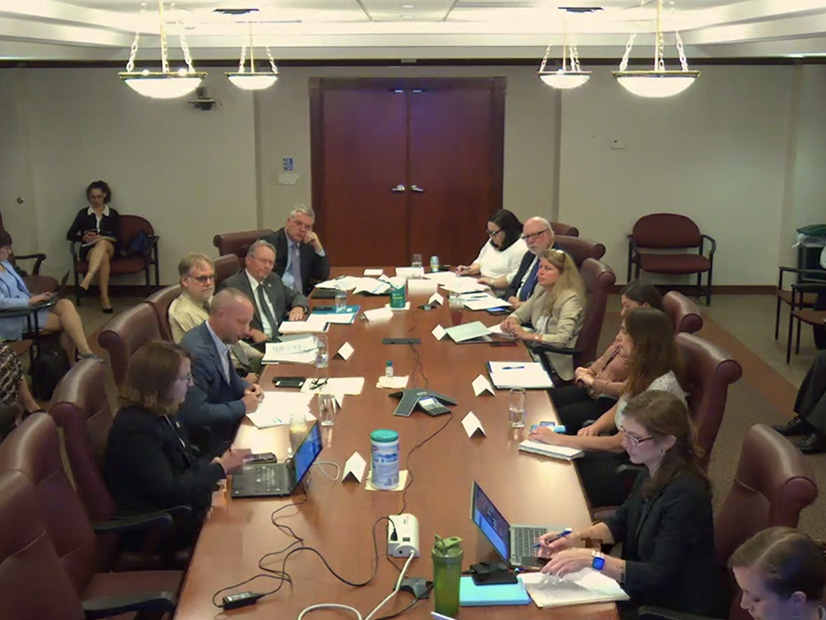Social and environmental justice activists told state officials Monday that New York needs to hurry up and get serious with its climate justice policies.
The Transportation and Climate Initiative (TCI) and its approach of throwing money at the problems of social injustice “is really the most offensive way of thinking about communities of color, particularly frontline people… TCI literally speaks against the spirit of [the Climate Leadership and Community Protection Act], which is about frontline solutions where we’re talking about investments, infrastructure and food sovereignty,” said attorney Elizabeth Yeampierre, executive director of UPROSE, Brooklyn’s oldest Latino community-based organization.
Yeampierre was one of several members of the Climate Justice Working Group, working under the aegis of the New York State Climate Action Council (CAC), who gave feedback to the council June 28 on policy recommendations from two of its advisory panels, one on transportation and one on energy efficiency and housing.
The panels are two of several informing the 22-member CAC as it works to complete a scoping plan by fall to help achieve the state’s goals under the CLCPA.
Cap and Trade?
The transportation panel in May told the council that joining the TCI, a regional collaboration, will help New York by capping and reducing transportation emissions across the Northeast and Mid-Atlantic regions by close to 25% by 2030, while raising revenues for investment in electrification and public transportation and prioritizing investment in disadvantaged communities. (See New York Should Join TCI-P, Transportation Panel Says.)

Not everyone agrees with the panel’s assessment.
“Let’s lead with the overall antipathy that climate justice and environmental justice communities and leaders across the country have when it comes to market-based solutions,” said Eddie Bautista, executive director of NYC Environmental Justice Alliance. “The best available evidence shows that cap and trade systems do not eliminate air pollution hotspots, and often exacerbate them.”
Neither panel’s recommendation got the state close to achieving the 2030 target of reducing greenhouse gas emissions by 40% from 1990 levels, a reality that concerned CAC member Bob Howarth, professor of ecology and environmental biology at Cornell University.
“At least some of the leadership in the Assembly put off taking a stand on the TCI, saying they wanted input from the Climate Action Council,” Howarth said, asking Bautista “specifically what you would recommend to us.”

“What’s attractive about TCI is that by establishing a polluter penalty fee of $50/ton … we’d be addressing emissions reduction not just with climate change, but also the more troubling public health [problems] that so burden environmental justice communities,” Bautista said.
The program would generate around $15 billion a year, which would be “a nice step” to meeting estimated costs for New York state of $30 billion a year to meet CLCPA goals, he said.
“Not to bash our friends in the Assembly, but in order to improve a piece of legislation you have to have a dialogue, have a hearing,” Bautista said. “There was absolutely no engagement, and to put off to the CAC just didn’t register with us. We didn’t see the need to delay another year for the CAC to arrive at a series of systems, projects and initiatives to get us there without coming up with the money.”
More Clarity, Less Jargon
The clean energy transition must be community driven, because different regions have different needs, and that can only be accomplished with local data, Yeampierre said.
“What happens if the benefit target is not achieved over a given timeframe?” she asked. “Should it be assessed annually? For example, should state agencies be required to retroactively meet the 35% to 40% goal for investments [in disadvantaged communities] made since the CLCPA passed?”
Ideally, she said, it should, but wondered what would happen if an investment doesn’t produce the anticipated benefit.
“How are the panels accounting for the social cost of carbon and co-pollutants?” she asked.

A primary concern of Climate Solutions Accelerator, an advocacy group in the Genesee-Finger Lakes Region, is a general lack of clarity and detail in the transportation panel recommendations, according to Executive Director Abigail McHugh-Grifa.
“Whereas the EE and Housing Panel provided definitions of terms and acronyms, the Transportation Panel’s recommendations are full of jargon and vague or squishy language,” McHugh-Grifa said. “This kind of language prohibits the public from meaningfully engaging in this important process, which in itself is problematic from an environmental justice perspective.”
For example, the panel recommended to “enhance service availability, accessibility and affordability, but it provides zero detail about how that should be accomplished,” she said.
Another recommendation was to “make ready costs for service facilities,” McHugh-Grifa said. “I’ve been doing this work for a while and just simply don’t understand what that means.”

State agencies should better coordinate their work on climate justice, according to Rahwa Ghirmatzion, executive director of neighborhood organization PUSH Buffalo.
“NYSERDA has been providing some really amazing programs that could benefit disadvantaged communities, but then we run up against some of the policies with the Public Service Commission,” Ghirmatzion said. “I think it’s fair to say [the commission has] been much cozier with utilities, and it has not been an open and transparent process.”
Even when environmental activists were able to win renewable energy credits for community solar to make it easier for communities like hers in Buffalo to build the infrastructure to reduce the energy burdens, “they came up with a very complicated feeder proposal, which absolutely makes no sense and adds to the enormous amount of unnecessary complexity,” Ghirmatzion said.
“Of course, we’re not dumb enough not to recognize that it is really not going to benefit communities like ours, that we will never be able to own the energy, to maintain and distribute the power in our own communities, which could actually generate community wealth,” she said.
The CAC, according to Ghirmatzion, should look at which opportunities the state agencies have for greater collaboration that also remove barriers, provide additional support for communities and, more importantly, streamlines the process. “Right now a lot of our time is being used and we’re happy to commit this time… but the reality is, even how we’re receiving these recommendations is really confusing and difficult to understand,” Ghirmatzion said. “That is showing us that the infrastructure itself on the state agency side really needs to be fixed.”


